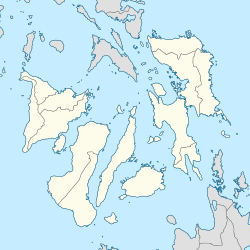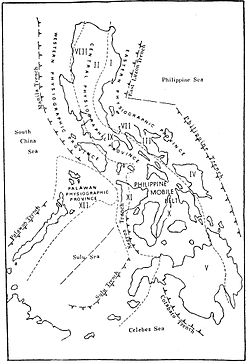| UTC time | 1948-01-24 17:46:44 |
|---|---|
| ISC event | 897163 |
| USGS-ANSS | ComCat |
| Local date | 25 January 1948 |
| Local time | 01:46 |
| Duration | 3 minutes |
| Magnitude | 7.8 Mw [1] 8.2 Ms [2] |
| Depth | 15 km (9 mi) [1] |
| Epicenter | 10°48′00″N122°17′42″E / 10.8°N 122.295°E [1] |
| Areas affected | Philippines |
| Total damage | ₱7,000,000 |
| Max. intensity | |
| Tsunami | Yes |
| Landslides | Yes |
| Casualties | ~ 50 (est) |
The 1948 Lady Caycay earthquake occurred at 01:46 PST (UTC+08:00) on 25 January 1948 with an estimated moment magnitude of 7.8 and a maximum Mercalli intensity of X (Extreme). The epicenter was between the municipalities of Anini-y, Antique, and Dao (present-day Tobias Fornier in Antique) on Panay Island, Philippines.
Contents
- Etymology
- Effects
- Antique province
- Aklan province
- Capiz province
- Iloilo province
- Tsunami
- See also
- References
- External links
The earthquake was the second biggest on record in the country and caused widespread damage in Panay and nearby islands. However, accounts of its intensity and the tsunamis it generated are sparse, possibly because the earthquake struck as the Philippines was recovering from the effects of the Second World War. [3]



